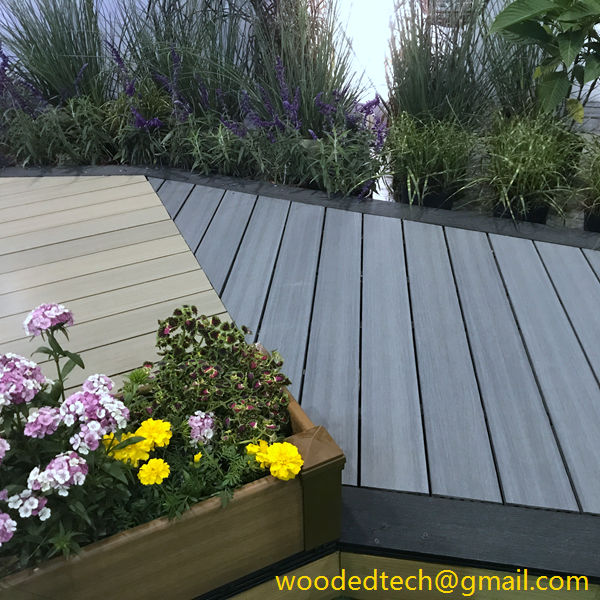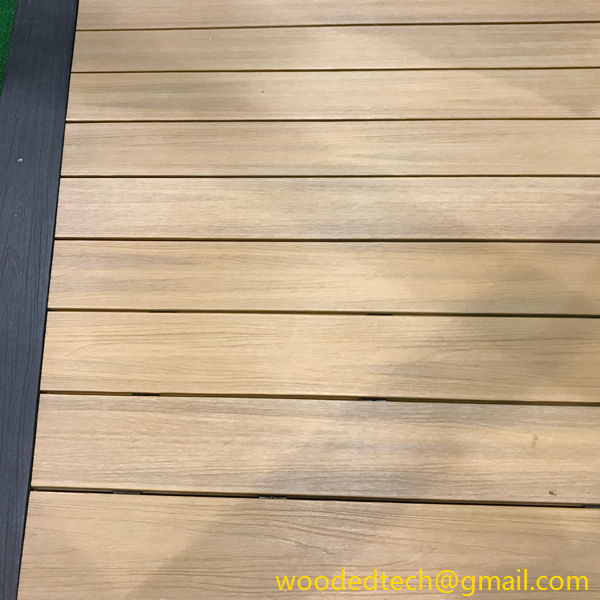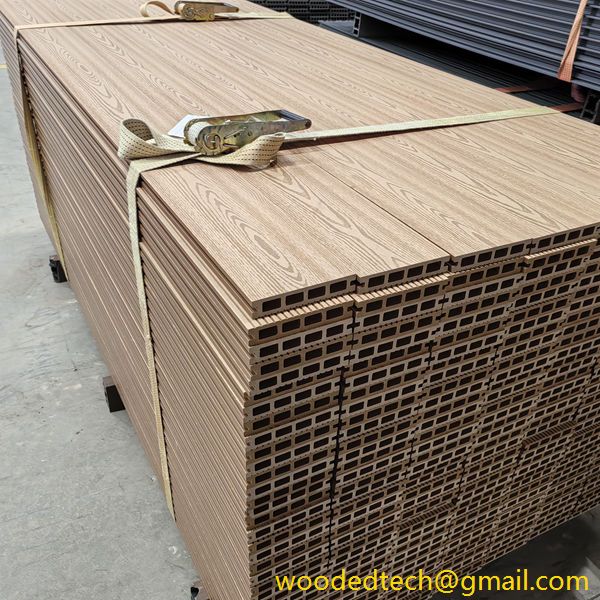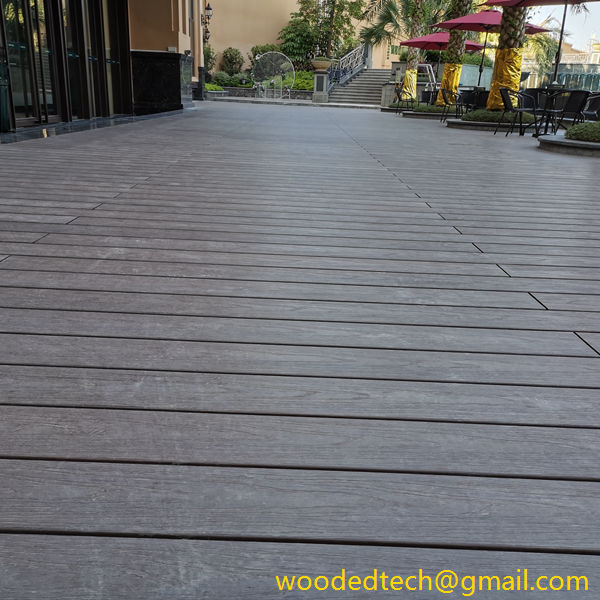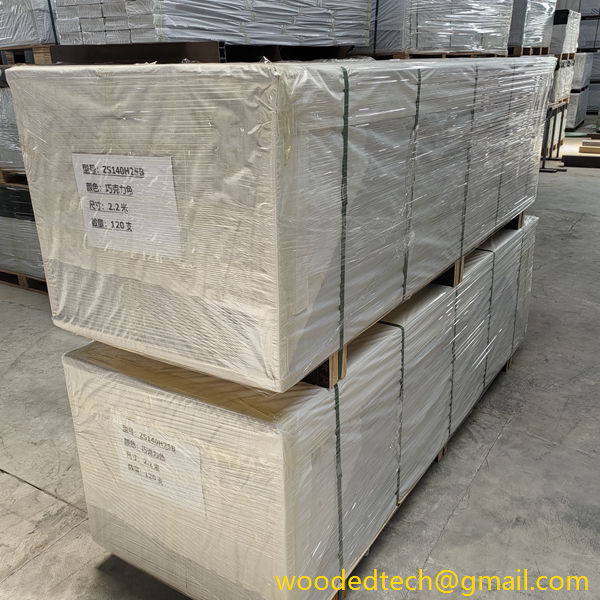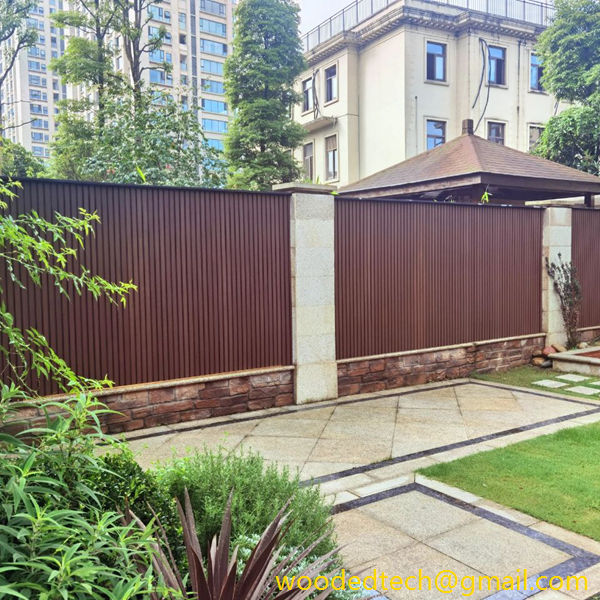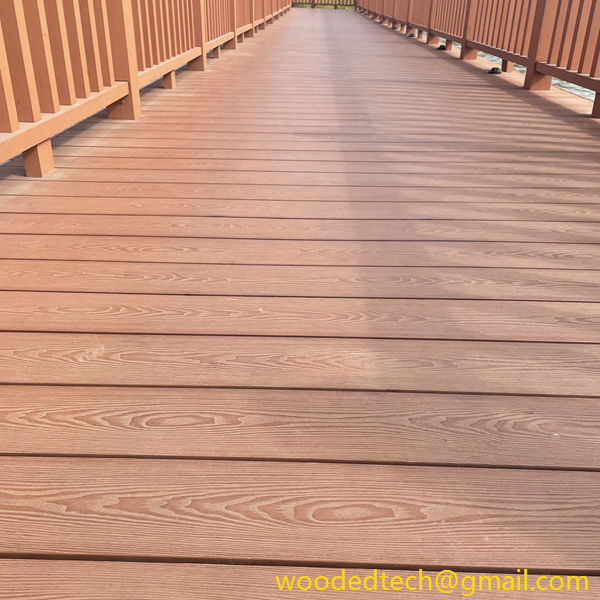Choose the Right Composite Wood Deck Stains for Lasting Protection
Choose the Right Composite Wood Deck Stains for Lasting Protection As homeowners increasingly opt for composite wood decking due to its durability and low maintenance, the importance of selecting the right stains for these surfaces cannot be overstated. Composite wood is a blend of recycled wood fibers and plastic, which offers an attractive appearance and…
Choose the Right Composite Wood Deck Stains for Lasting Protection
As homeowners increasingly opt for composite wood decking due to its durability and low maintenance, the importance of selecting the right stains for these surfaces cannot be overstated. Composite wood is a blend of recycled wood fibers and plastic, which offers an attractive appearance and resilience against the elements. However, to ensure that your deck maintains its beauty and functionality over time, applying the right stain is essential.
One of the primary reasons for staining a composite deck is to enhance its appearance. While composite wood is designed to resist fading and staining, the right stain can bring out the natural beauty of the materials used. Stains come in various colors and finishes, allowing homeowners to customize their deck to complement their home’s architecture or surrounding landscape. Choosing a stain that matches or contrasts nicely with your home can enhance curb appeal and create a cohesive outdoor living space.
In addition to aesthetic benefits, the right stain also offers protection against the elements. Composite wood decks are exposed to sunlight, rain, and fluctuating temperatures, which can lead to wear and tear over time. UV rays can cause fading, while moisture can lead to mold and mildew growth. A high-quality stain provides a protective barrier that helps shield the surface from these damaging effects. Moreover, it can help prevent scratches and scuffs, which are common issues with foot traffic and outdoor furniture.
When selecting a stain, it is crucial to consider the type of composite wood decking you have. Different composite materials may respond differently to various stains. Some brands of composite decking have specific recommendations for stains that work best with their products. Always consult the manufacturer’s guidelines to ensure that the stain you choose is compatible with your decking material. Using the wrong type of stain can void warranties and compromise the integrity of the deck.
There are generally two types of stains available for composite wood decks: solid and semi-transparent. Solid stains provide a uniform color that can mask imperfections in the wood, while semi-transparent stains allow the natural grain of the composite material to show through. The choice between these two types often comes down to personal preference and the desired look for your deck. Solid stains are ideal for those looking for a more opaque finish, while semi-transparent stains are perfect for homeowners who want to maintain a more natural appearance.
Another critical factor to consider when choosing a stain is its durability and longevity. Some products are designed to last longer than others, offering extended protection against fading and wear. Look for stains that are specifically formulated for composite materials and have a reputation for durability. Reading reviews and seeking recommendations from professionals can help guide your decision.
Application methods also play a significant role in the performance of the stain. Stains can be applied using various techniques, including spraying, brushing, or rolling. Each method has its advantages and disadvantages. Spraying can cover large areas quickly but may require touch-ups in hard-to-reach spots. Brushing allows for better control and even application but can be more labor-intensive. Rolling can be effective for flat surfaces but may not provide the same level of penetration into the material. It is essential to choose an application method that matches your skill level and the specific requirements of the stain you select.
Before applying any stain, proper preparation is key to achieving the best results. Start by cleaning the deck thoroughly to remove dirt, debris, and any existing stains. Using a deck cleaner specifically formulated for composite materials can help ensure that the surface is free of contaminants that could interfere with the stain’s adhesion. After cleaning, allow the deck to dry completely before proceeding with the staining process. Applying stain to a damp surface can lead to uneven results and reduced durability.
Seasonal timing is another consideration when staining your composite deck. The best time to stain is typically during dry weather, with temperatures between 50°F and 90°F. Extreme temperatures can affect the application and drying times of stains. It is crucial to check the weather forecast and avoid applying stain if rain is expected within 24 hours.
Once the stain has been applied and allowed to dry, regular maintenance is necessary to ensure lasting protection. While composite wood is low maintenance, routine cleaning and reapplication of stain every few years will help keep your deck looking its best. Inspect the surface regularly for signs of wear, such as fading or chipping, and address any issues promptly.
In conclusion, choosing the right composite wood deck stains is essential for maintaining the appearance and longevity of your outdoor space. By considering factors such as compatibility with your decking material, the type of stain, durability, application methods, and proper preparation, you can ensure that your deck remains beautiful and protected against the elements. Regular maintenance will further enhance its lifespan, allowing you to enjoy your outdoor oasis for years to come. With the right products and care, your composite wood deck can be a stunning and durable addition to your home.

